Grease Traps and Rotisserie Ovens
- Feb 9, 2022
Among the many pandemic-driven culinary trends over the past two years is a reminder that rotisserie chicken remains a popular comfort food. Many grocery store chains enjoyed strong and steady rotisserie chicken sales amid the ups and downs of the past 24 months, as have a number of restaurants that serve it. Investing in a rotisserie oven can be good for business, but beware. They dump a lot of grease into your plumbing system. Here’s how to prepare for it.

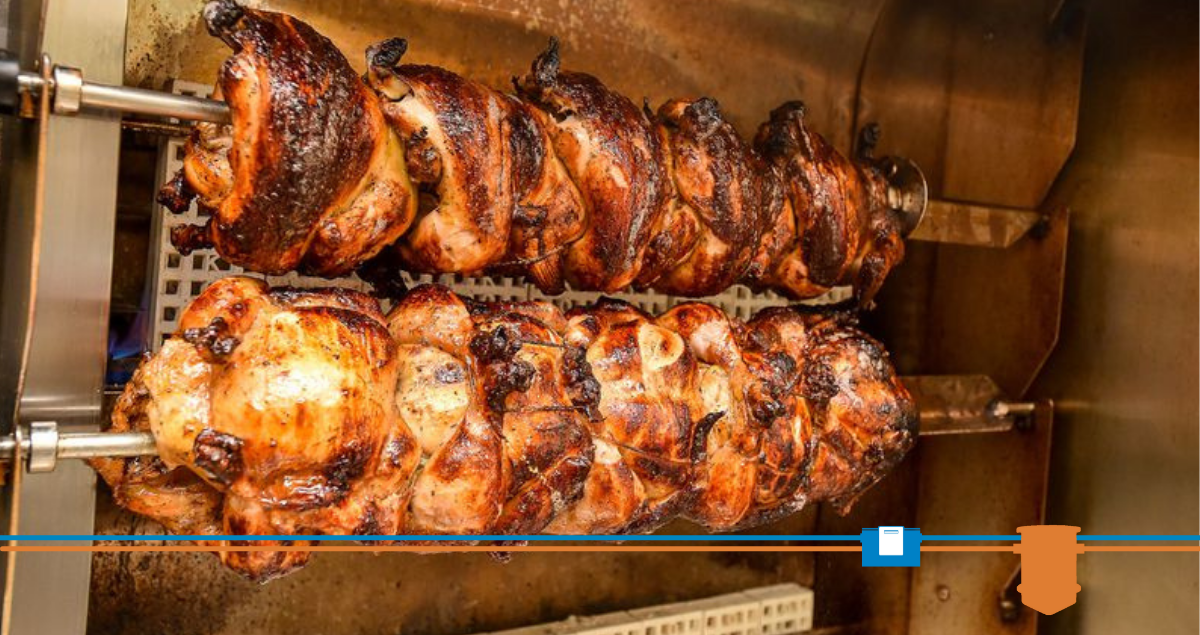
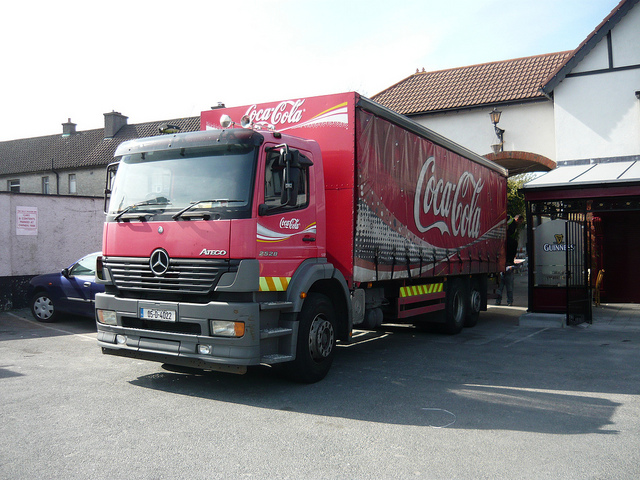 What is your plan when a city official, contractor, or engineer says a 1,000-gallon grease interceptor must be installed in your drive-through, parking lot, or another area where vehicles will be driving over it every day?
What is your plan when a city official, contractor, or engineer says a 1,000-gallon grease interceptor must be installed in your drive-through, parking lot, or another area where vehicles will be driving over it every day?  Commercial kitchen operators already know the benefits of using grease interceptors to capture used oil and grease -- cleaner sewage systems, reduced costs for wastewater treatment plants and fewer fines from municipalities.
Commercial kitchen operators already know the benefits of using grease interceptors to capture used oil and grease -- cleaner sewage systems, reduced costs for wastewater treatment plants and fewer fines from municipalities.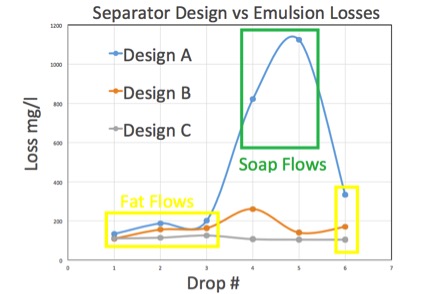 If you read our post on
If you read our post on  A commercial kitchen wouldn’t repeatedly send 200 gallons of burning water and 20 pounds of hot lard through its grease interceptor even on the busiest night. And a blizzard would make it even less likely.
A commercial kitchen wouldn’t repeatedly send 200 gallons of burning water and 20 pounds of hot lard through its grease interceptor even on the busiest night. And a blizzard would make it even less likely. 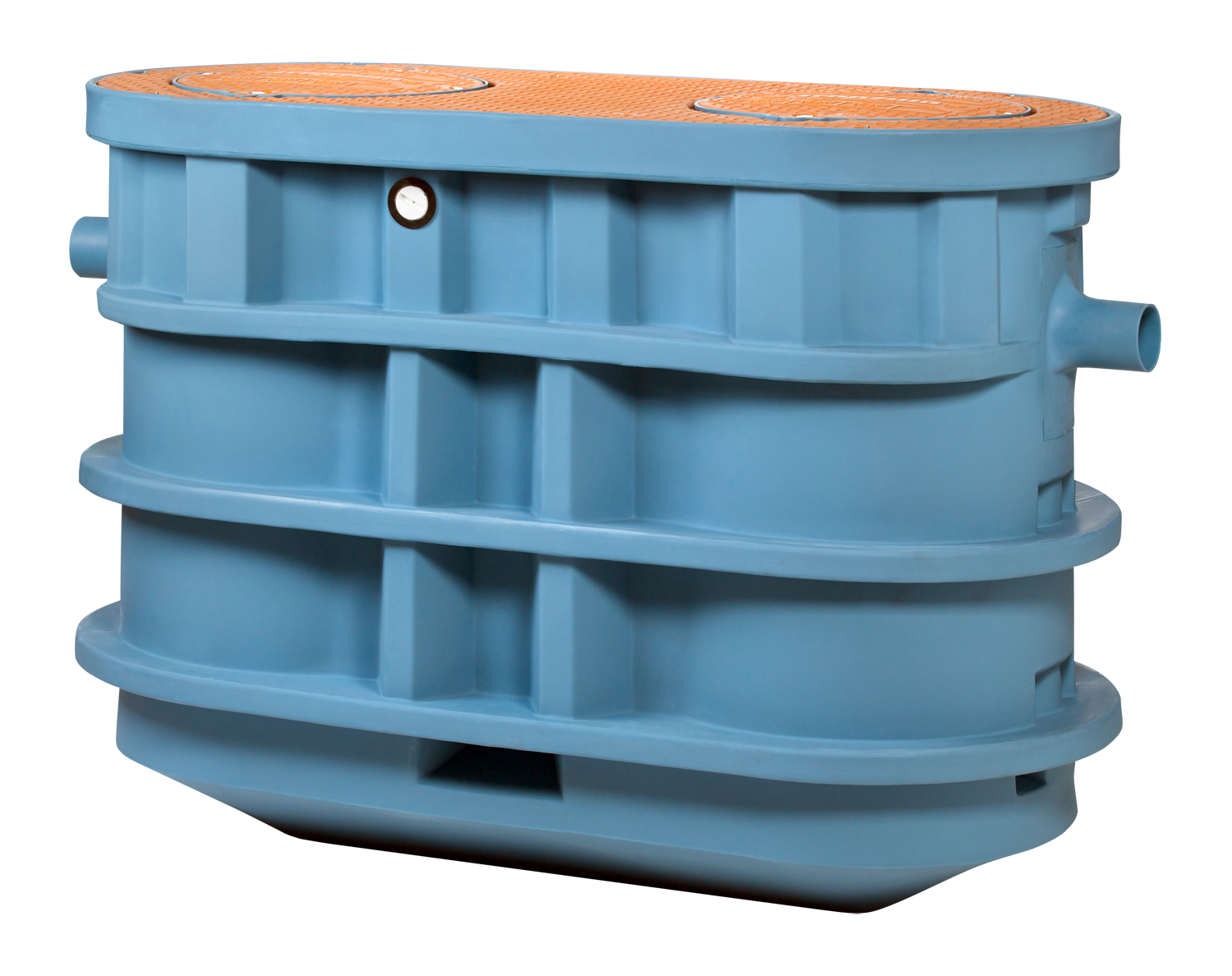 To understand the new TZ-1826 Trapzilla Grease Interceptor, consider two numbers: 1,826 and 11,000.
To understand the new TZ-1826 Trapzilla Grease Interceptor, consider two numbers: 1,826 and 11,000. 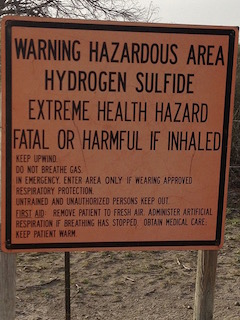 Think about the grease interceptor in your food service establishment.
Think about the grease interceptor in your food service establishment. It’s not very often that wastewater system workers are hailed as heroes in the headlines around the world. But in August 2013, that’s what happened.
It’s not very often that wastewater system workers are hailed as heroes in the headlines around the world. But in August 2013, that’s what happened.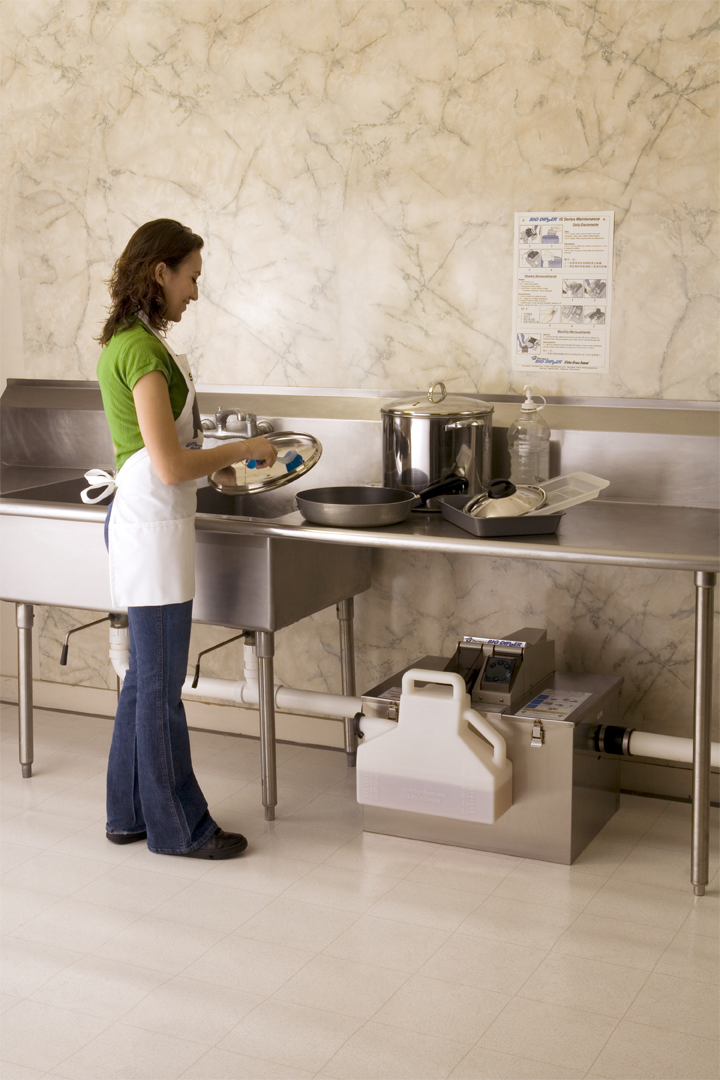 If you own a restaurant or other business within the foodservice industry, chances are good you’re already using some sort of grease interceptor. If not, sooner or later you’ll likely face clogged pipes, back-ups into your kitchen and costly fines.
If you own a restaurant or other business within the foodservice industry, chances are good you’re already using some sort of grease interceptor. If not, sooner or later you’ll likely face clogged pipes, back-ups into your kitchen and costly fines.
